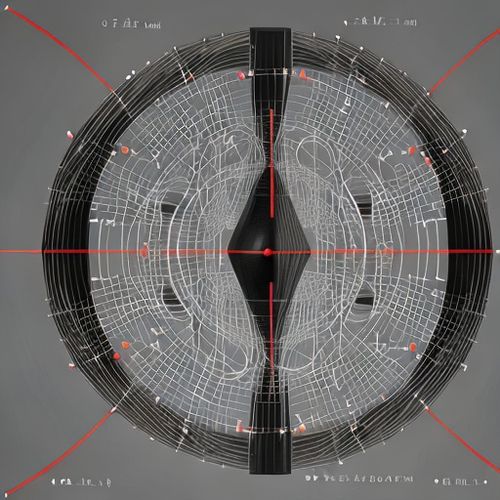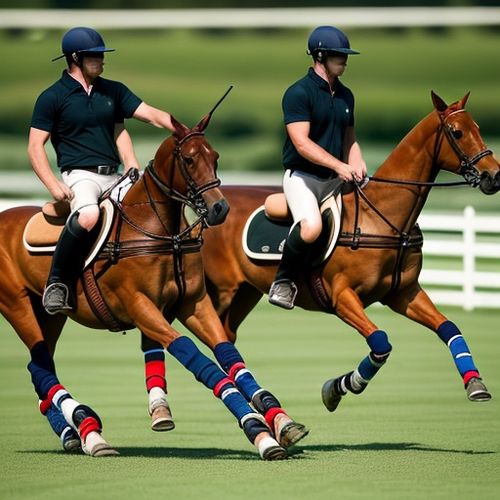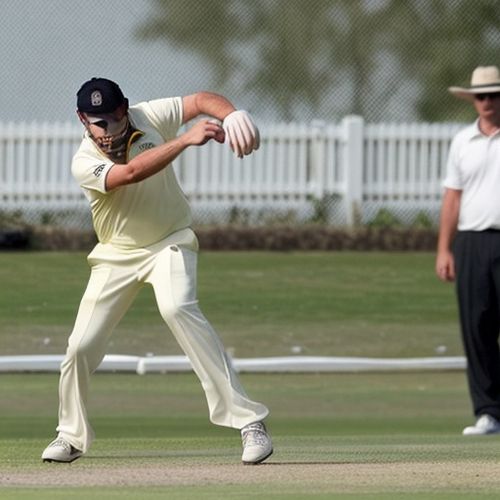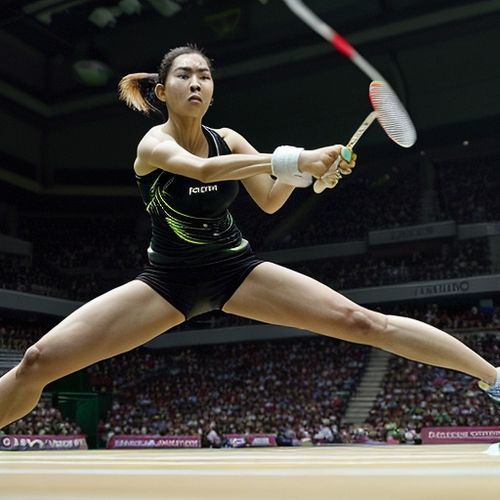The art of swing bowling in cricket remains one of the sport's most mesmerizing and technically demanding skills. Unlike sheer pace or spin, swing bowling relies on subtle manipulations of the ball's seam and surface to deceive batsmen through the air. The ability to make the ball deviate late, often unpredictably, has turned many bowlers into legends. From the classical outswingers that lure edges to the deceptive inswingers that crash into the stumps, swing bowling is a craft that blends physics, intuition, and relentless practice.
The Science Behind Swing Bowling
At its core, swing bowling is governed by aerodynamics. The asymmetry of the cricket ball—created by the raised seam and the differing conditions of its two halves—dictates its movement through the air. When a bowler delivers the ball with the seam angled in a particular direction, airflow separates unevenly around it. This imbalance generates lateral force, causing the ball to swing. Conventional swing, where the ball moves toward the rough side, relies on maintaining one side of the ball smooth and the other rough. The contrast disrupts laminar flow, creating pressure differences that steer the ball mid-flight.
Reverse swing, a more advanced and mysterious phenomenon, occurs when the ball is older and both sides become rough. Here, the ball swings toward the smoother side, often at higher speeds and with later movement. The exact mechanics of reverse swing are still debated, but it’s widely accepted that turbulent airflow and seam positioning play critical roles. Bowlers like Wasim Akram and Waqar Younis mastered this art, making the ball talk even in conditions traditionally considered unfavorable for swing.
The Role of Conditions and Craftsmanship
Weather and pitch conditions significantly influence swing bowling. Overcast skies and humid air are often cited as ideal for swing, as the denser atmosphere may enhance the ball’s movement. However, great swing bowlers adapt to all environments. James Anderson, for instance, has excelled in diverse conditions by refining his grip, wrist position, and release. The way a bowler holds the ball—whether with a upright seam or a slight tilt—can determine the degree and direction of swing. Similarly, the polishing of one side and the deliberate scuffing of the other are rituals as crucial as the delivery itself.
Another often overlooked factor is the bowler’s ability to disguise their intent. The best swing bowlers maintain a consistent action regardless of whether they plan an inswinger or outswinger. Batsmen, already contending with pace and bounce, are left guessing until the last moment. This psychological duel is as vital as the physical execution. Legends like Glenn McGrath and Dale Steyn coupled swing with pinpoint accuracy, proving that control amplifies the threat of movement.
The Evolution of Swing Bowling
Swing bowling has evolved dramatically over the decades. In the early 20th century, bowlers relied on natural conditions and rudimentary techniques. Today, advanced video analysis and biomechanics have demystified much of the craft, allowing bowlers to refine their methods with scientific precision. The rise of reverse swing in the 1980s and 1990s revolutionized the game, particularly in Test cricket, where older balls dominate play. Modern bowlers, like Mohammed Shami and Trent Boult, blend traditional swing with variations like the wobble-seam delivery, keeping batsmen perpetually unsettled.
Yet, despite technological advancements, swing bowling retains an element of mystery. The "feel" for the ball, the intuitive adjustments mid-spell, and the ability to read a batsman’s weaknesses remain irreplaceable. Coaches emphasize repetition and seam position drills, but the greatest swing bowlers often speak of an almost artistic connection with the ball. It’s this blend of science and artistry that makes swing bowling one of cricket’s most captivating spectacles.
The Future of Swing in Cricket
As cricket leans toward shorter formats, some argue that swing bowling’s prominence may diminish. However, the skill’s adaptability ensures its relevance. In T20s, early swing with the new ball can dismantle aggressive top orders, while in ODIs, middle-over reverse swing can stifle scoring. Innovations like knuckleballs and slower-ball swing variations are expanding the bowler’s arsenal. Moreover, the ongoing development of ball-tracking technology and swing-friendly pitches suggests that the craft will continue to thrive.
The true test for future generations will be preserving the delicate balance between technique and instinct. With bats growing larger and batting tactics more aggressive, swing bowlers must innovate without sacrificing the fundamentals. Whether through unconventional grips, smarter use of crease angles, or exploiting new ball materials, the evolution of swing bowling is far from over. For fans and purists, the sight of a perfectly shaped delivery curving through the air will always be cricket at its most poetic.

By Christopher Harris/May 8, 2025

By Laura Wilson/May 8, 2025

By Amanda Phillips/May 8, 2025

By William Miller/May 8, 2025

By Noah Bell/May 8, 2025

By Elizabeth Taylor/May 8, 2025

By Joshua Howard/May 8, 2025

By Ryan Martin/May 8, 2025

By George Bailey/May 8, 2025

By Natalie Campbell/May 8, 2025

By Joshua Howard/May 8, 2025

By Elizabeth Taylor/May 8, 2025

By Samuel Cooper/May 8, 2025

By Joshua Howard/May 8, 2025

By Grace Cox/May 8, 2025

By Christopher Harris/May 8, 2025

By Samuel Cooper/May 8, 2025

By Sophia Lewis/May 8, 2025

By Eric Ward/May 8, 2025

By Sarah Davis/May 8, 2025